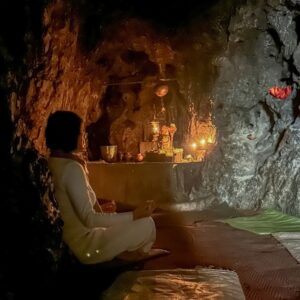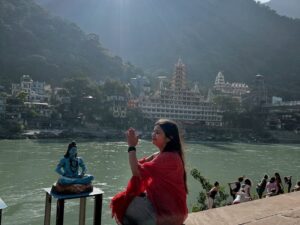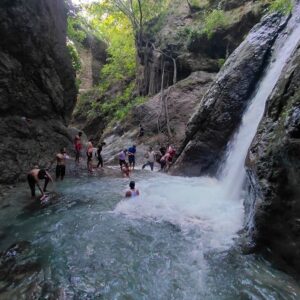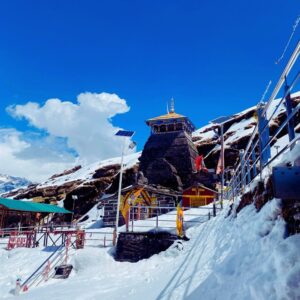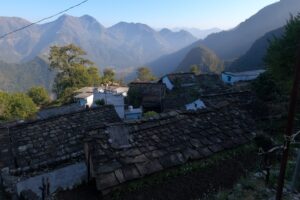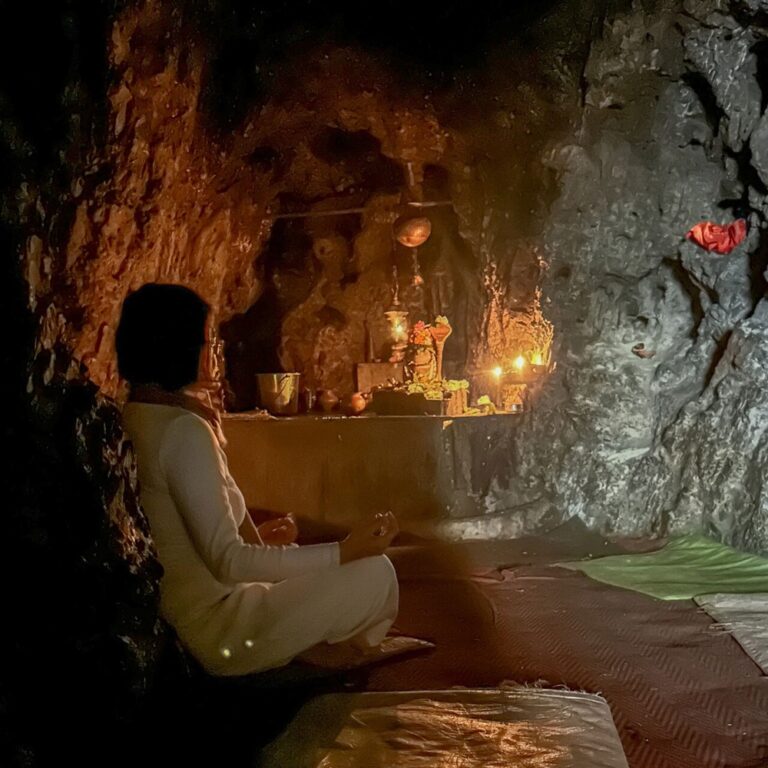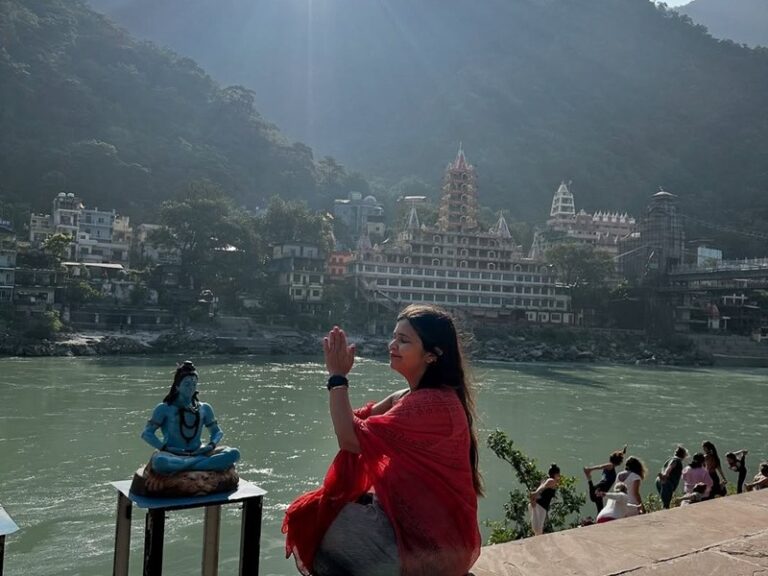Discover Ganges River Varanasi: Ghats, Temples, History, Life & Death
The riverfront of the Ganges River Varanasi is where the river meets the land, and it’s a special place full of steps called ghats that lead down to the water. Above these ghats, there are tall and beautiful buildings, and behind them, there are narrow, winding alleys with temples, mosques, palaces, and traditional homes called havelis.
There are also ponds, gardens, and gateways. The ghats are really important to the city’s culture and Hindu religion because many religious rituals and festivals happen here. Ganges River Varanasi
The riverfront of the Ganges River Varanasi stretches 6.5 kilometers (4 miles) along the eastern edge of the city. It has a long history, with some sacred spots going back to the 8th or 9th century. Ganges River Varanasi
The stone steps of the ghats of the Ganges River Varanasi, though, were built starting in the 14th century. Today, most of these ghats are still used for religious ceremonies and celebrations, just like in the past. Ganges River Varanasi
Suggested Read: The source of the Ganges river: Exploring the Origin
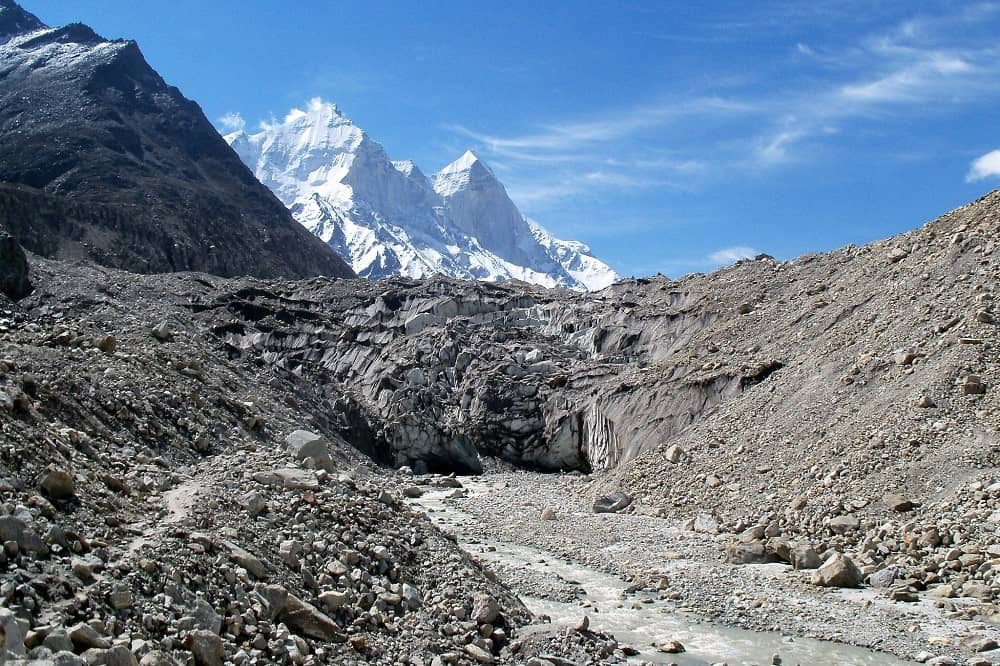
Varanasi India ( Ganges River Varanasi )
Varanasi is a really special city in India, known for being home to the Ganges river. It’s a place that many people find life-changing because it’s so spiritual, and you can really see the connection between life and death here. Hindu pilgrims from all over come to Varanasi because they believe that in Varanasi Ganges River is very holy. The river Ganges starts high up in the Himalayas at the Gangotri Glacier and is believed to have been born from the Goddess Ganga.
People believe that bathing in Varanasi Ganges River can wash away all their sins and help them get closer to spiritual enlightenment. Because of this, many pilgrims visit Varanasi when they are older because they believe that if they die by the Ganges River Varanasi, they will be saved and their soul will be at peace.
In Varanasi, you can experience the magic of the Ganges River Varanasi by visiting the ghats, watching the rituals, and soaking in the spiritual atmosphere. There’s so much to see and do, and it’s a place that really leaves a big impression on everyone who visits.
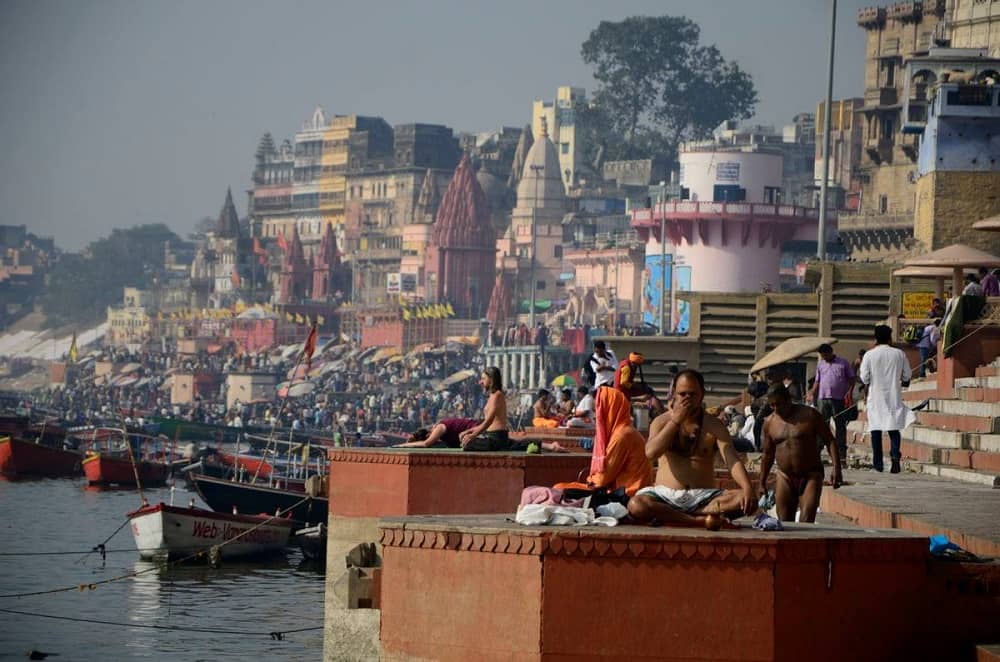
Older than History ( Ganges River Varanasi )
The Ghats along Ganges River Varanasi
The ghats (steps to the Varanasi Ganges River bank) form a symbolic chain of holy sites. They comprise of the following 84 ghats: Assi, Ganga Mahal, Rivan, Tulsi, Bhadaini, Janaki, Mata Anandamayi, Vaccharaja, Jain, Nishad, Prabhu, Panchkota, Cheta Singh, Niranjani, Mahanirvani, Shivala, Gularia, Dandi, Hanuman, Prachina (old) Hanumanana, Karnataka, Harish Chandra, Lali, Vijayanagaram, Kedar, Caowki, Ksemesvara/Somesvara, Manasarovara, Narada, Raja(Amrita Rao Ghat), Khori, Pandey, Sarvesvara, Digpatia, Causatthi, Rana Mahala, Darabhanga, Munsi, Ahilyabai, Sitala, Dasashwamedha, Prayag, Rajendra Prasad, Man Mandir, Tripura Bhairavi, Mir, Phuta/Naya, Nepali, Lalita, Bauli/Umaraogiri/Amroha, Jalasayi, Khirki, Manikarnika, Bajirao, Scindhia, Sankatha, Ganga Mahal(II), Bhonshala, Naya, Genesa, Mehta, Rama, Jatara, Raja Gwalior, Mangala Gauri, Venimadhava, Panchaganga, Durga, Brahma, Bundi, (Adi) Sitala, Lala, Hanumanagardhi, Gaya/Gai, Badri Nayarana, Trilocana, Gola, Nandesavara/Nandu, Sakka, Telianala, Naya/Phuta, Prahalada, Raj, Adi Keshava.
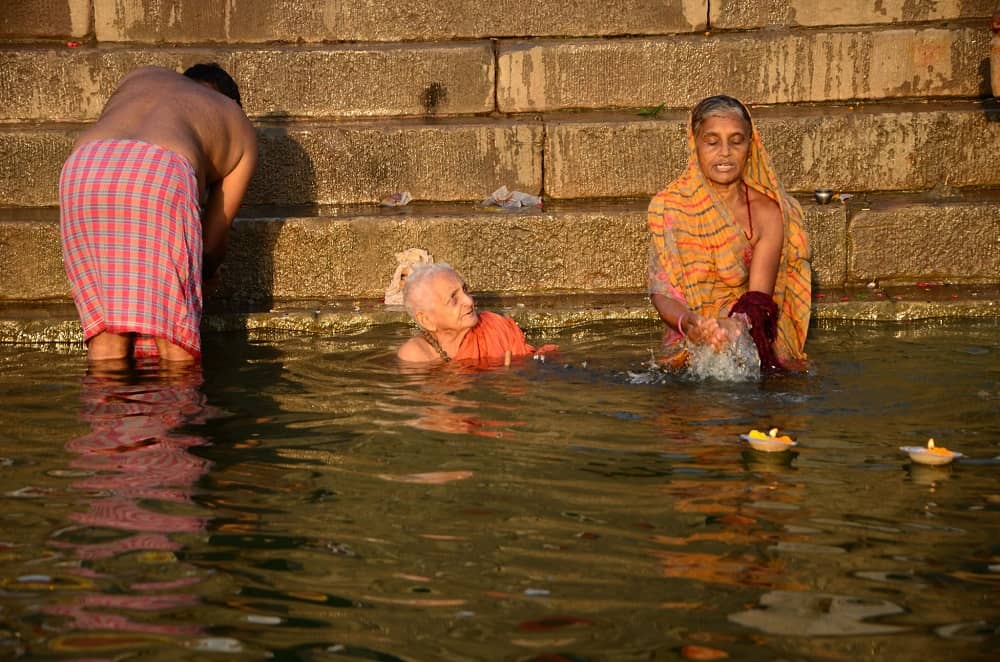
5 Most Famous Varanasi Ghats
The five ghats considered the most sacred and merit-giving, known as Panchatirthis, are mentioned in an ancient text called the Matsya Purana, dating back to the 6th century. These ghats are especially important because they hold great spiritual significance and are believed to bless those who visit them. Here are the five Panchatirthis:
- Assi Ghat – This ghat is located at the place where the Assi River meets the Ganga. It is believed to be a very holy spot where people come to pray, especially during festivals.
- Dasashwamedha Ghat – One of the most famous and busy ghats, this is where King Divodasa is said to have performed the ancient horse sacrifice ritual (Ashwamedha Yagna). It’s a key site for pilgrims.
- Adikeshava Ghat – This ghat is located near the confluence of the Ganga and Varuna rivers. It is dedicated to Lord Vishnu, and people come here to worship him.
- Panchganga Ghat – This ghat is where five sacred rivers are believed to meet: the Ganga, Yamuna, Saraswati, Kirana, and Dhutpapa. It’s an especially sacred spot for religious ceremonies.
- Manikarnika Ghat – Known as a place of cremation, this ghat is where many Hindus come to perform the last rites of their loved ones. It is believed that those who are cremated here attain moksha, or liberation from the cycle of life and death.

Cremation: Varanasi Ganges River
At the ghats in the Ganges River Varanasi , public cremations happen every day, and sometimes there can be up to 200 cremations in a single day. These ceremonies take place in the open air, where everyone can see them. After the bodies are cremated, the ashes are swept into the river, where they dissolve in the holy waters of the Ganges. For the people who live in Varanasi, this is just a normal part of life. But for travelers, seeing this can be a powerful and thought-provoking experience that really makes you think about life and death.
Conclusion
Varanasi is a place that really surprises your senses. Most people who visit say it’s a life-changing experience. The city is full of surprises, and it can both amaze and delight you at the same time. Even the most adventurous travelers find that Varanasi leaves a lasting impression on them. So, are you ready to open your heart and soul to Varanasi?


